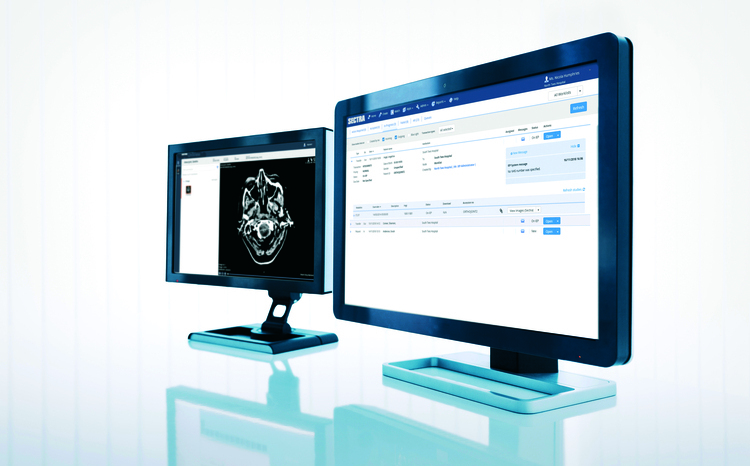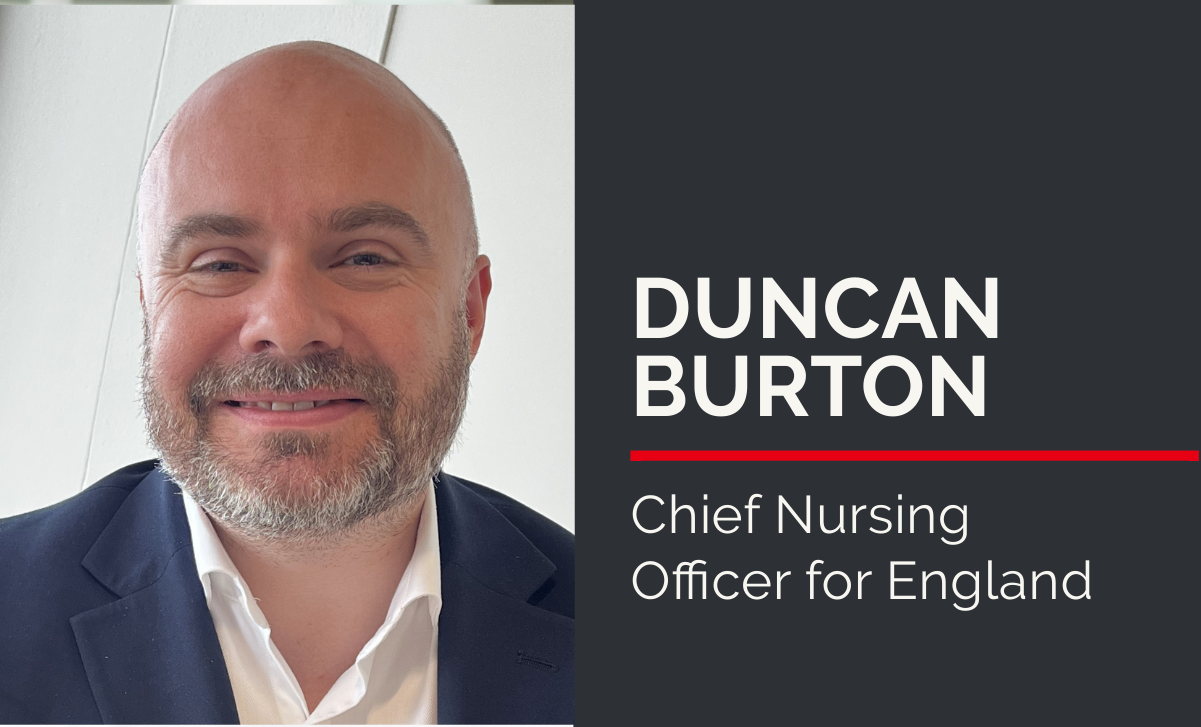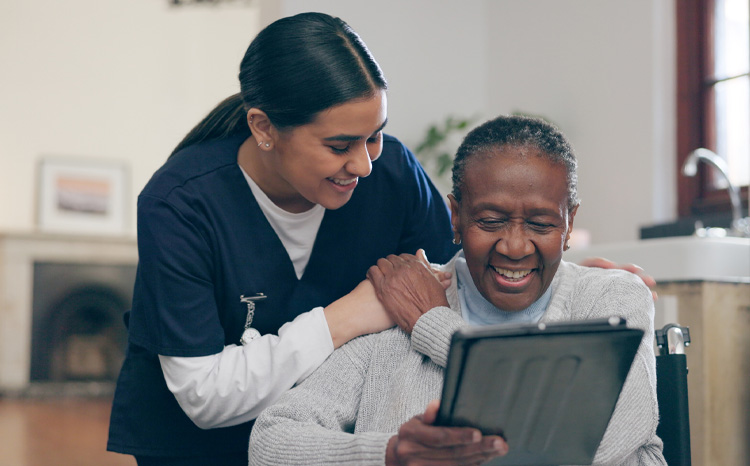High tech healing space unveiled by Philips
- 25 October 2007
 |
A room divider that displays a patient’s medical records and forms part of a ‘healing space’ was among the technological advances on show from Philips this week.
As part of its theme of sense and simplicity, the company showcased designs which it claims can bring greater simplicity in caring for people’s well-being within the next five years.
Leading the new developments from the Dutch firm is the Ambient Healing Space – building on work already being used in the US and the Netherlands.
The concept involves providing patients with their own personal space when they have been admitted into hospital and uses the room divider wall as an interactive tool for clinicians to explain to patients what treatment they have received.
The wall also integrates with data from a body sensing blanket which has embedded sensors to monitor vital signs. The doctor can upload the information on the wall and use the information displayed to guide discussion with the patient.
Philips Medical Systems’ chief executive officer, Steve Ruscowski, told EHE: “This room will help clinicians to spend more time with patients pointing out graphically to them what they are suffering from and how to go about treating them. The clinician can also access the patient’s medical records on the wall, providing an enhanced environment for the best possible personal care – which is very private and secure.
“The use of ambient lighting has a key enabling role keeping the patient comfortable and safe in the knowledge that information is flowing to doctors safely and are reassured about the transparency of information during their hospital stay. It helps to alleviate stress and give a greater level of trust between the patient and doctor.”
Also in the pipeline is the ‘Celebrating Pregnancy’ concept where parents-to-be can visit a special room and get a scan of the baby using a scanning belt. This is gel padded and allows the scan to be performed while the couple sit on a seat together.
Once the belt is securely on, the baby’s image is projected onto a screen using 4D visualisation technology, allowing the parents to see their baby in the clearest detail and from multiple angles in the womb by stroking the belt. Parents-to-be can also see the progress of their baby’s growth in the room using previous imaging records.
They can then take home the information in a wireless portable device, called the Bebescope, so that others can see the images in clearer detail than the usual black-and-white photograph.
Ruscowski said: “This offers an intimate, comfortable and playful way of monitoring the progress of your baby from conception to birth. The room is private and intimate and provides support to all parties involved. It will also help parents to be more content, safe in the knowledge that their baby is safe and well, and equipped with images to treasure and take home with them.”
These two technical advances are only in prototype phase, but Philips also launched a range of new technology products.
This week, at the World of Health IT annual congress, they unveiled CliniScape, its first mobile clinical assistant (MCA).
CliniScape is similar to MCA technology used by Intel and partners in the UK (link) and includes a 10.4 inch pen-touchscreen, RFID and barcode scanning, and a digital camera.
Ruscowski said: “CliniScape completes the missing link in hospital technology, allowing nurses and doctors to document a patient’s condition instantly, reducing their workload and increasing the quality of bedside care.”
The company is also launching new Picture Archiving and Communications System software called iSite and a new defibrillator monitor, ensuring the correct methods of resuscitation are performed on patients will also be unveiled this quarter.
Ruscowski said: “Healthcare is complex and we want to ensure that the products we launch are simple and effective in helping staff do their day-to-day jobs. Our priority is to ensure that patient care is as effective as possible and I think these devices will help that. The challenge now is to help healthcare organisations realise that the initial investment will help make statistics better and help the care provided by them be the best possible.”
Links





